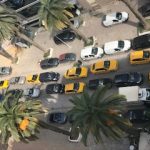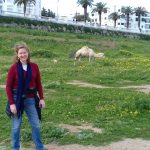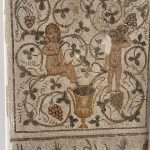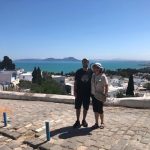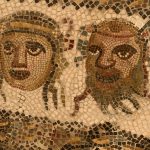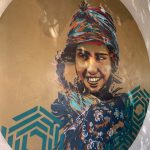This trip gave me the opportunity to see Dougga, and for alllll of Dougga to see me!
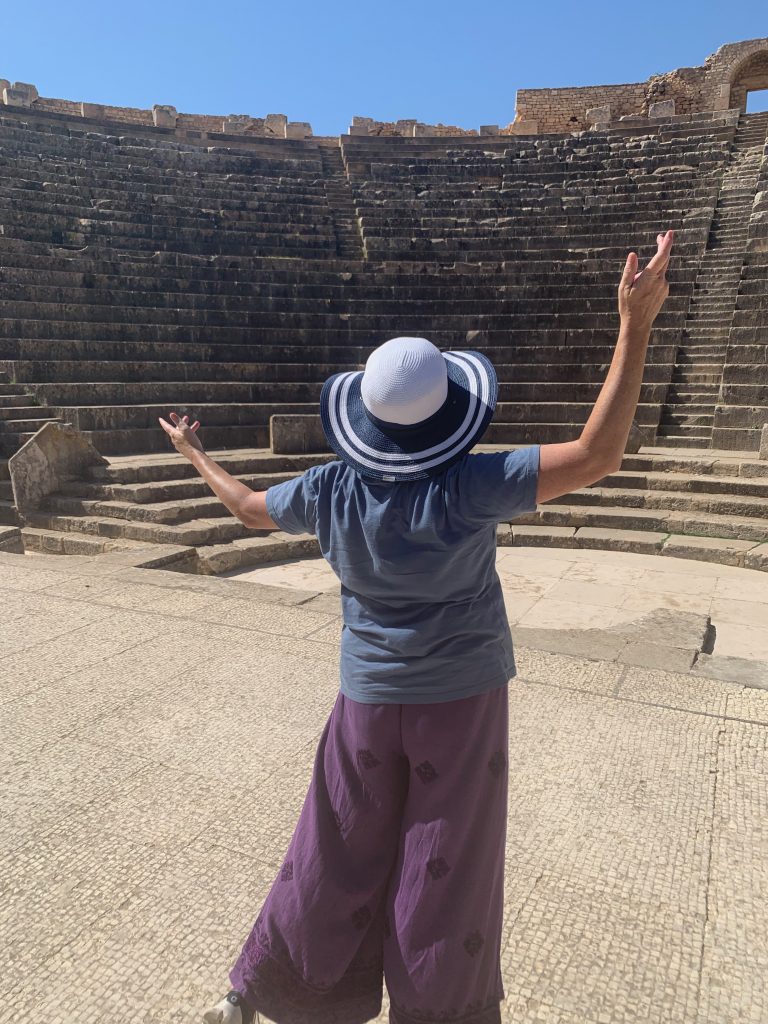
What is this Dougga, you ask? It is only “the best preserved Roman small town in North Africa,” according to Wikipedia and everyone we spoke with. It was founded in the 6th century BC. It was inhabited up until the 1960s when the government moved everyone out to “New Dougga,” a fact we learned from our guide, whose parents were born and raised within the stone city.
Despite covering acres and acres and being well-preserved and having a smattering of French, Canadian and Italian tourists wandering about, it is remarkably poorly marked. It’s amazing anyone can find it at all, and in fact if you don’t make a pretty special effort, you won’t get there – and Google Maps is no help. I don’t know about Ali, but I was ready to give up after two or three forays and dead-ends. I’m glad we stuck it out.
The Roman theatre, where I’m standing in the pic above, is as good a place as any to start our tour:
Do you know the difference between a theatre and an amphitheatre? A theatre is the shape of the capital D – a flat side half-surrounded by a curved bank of seats. An amphitheatre is two theatres – two D’s back to back, or a full oval. We’ll see more about that later in the week of travels.
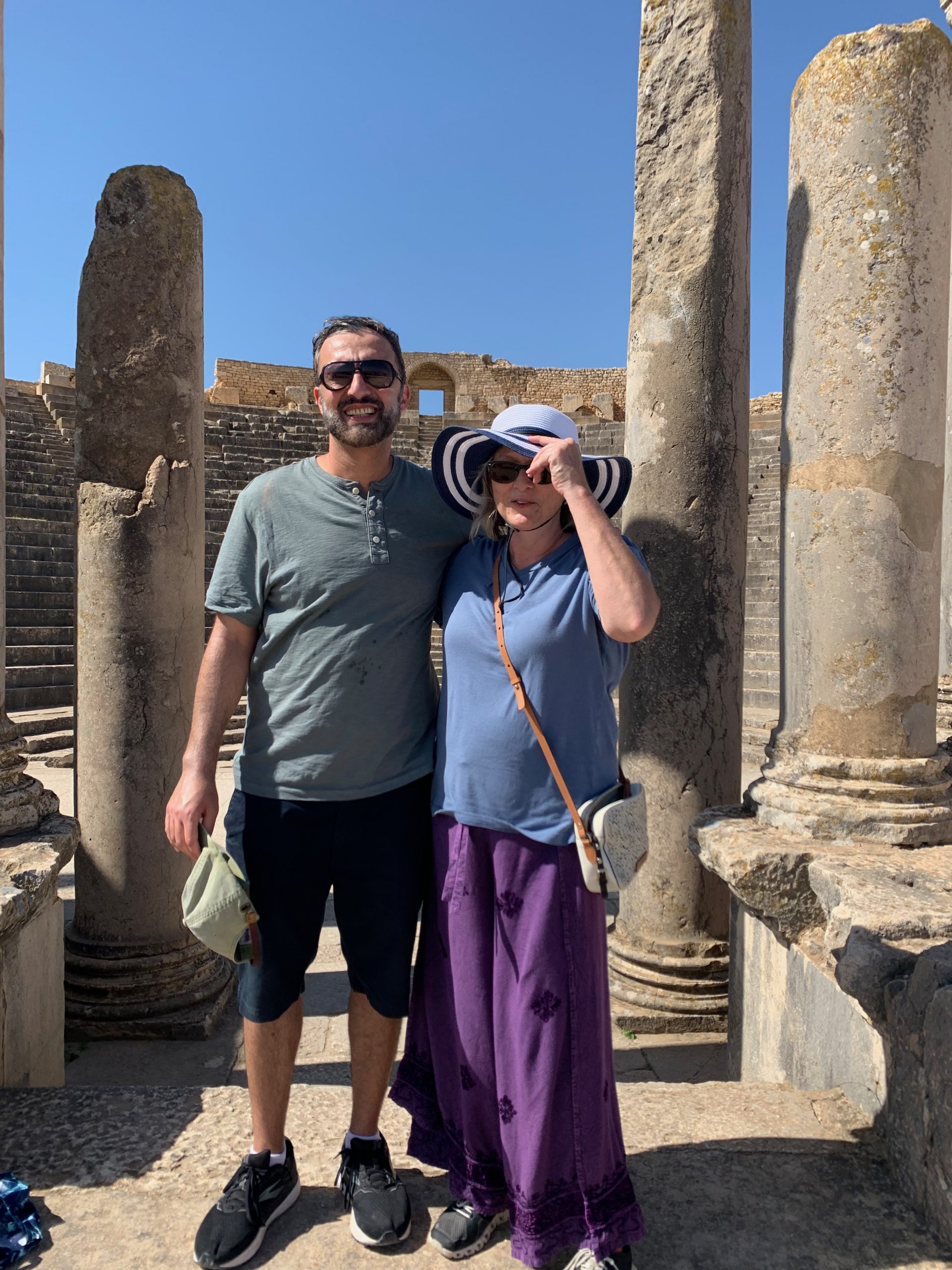
We also saw the group bathrooms, where, we were told, slaves would sit on the seats to keep them warm till a citizen arrived, then provide the citizen a sponge on a stick, and then wash that implement after the citizen finished his business (always his. There was no indication women ever had access, though maybe they were just completely skeeved out). What a glorious culture, right? Of course only a select few were citizens, while the rest were forced to labor in obscurity and pestilence.
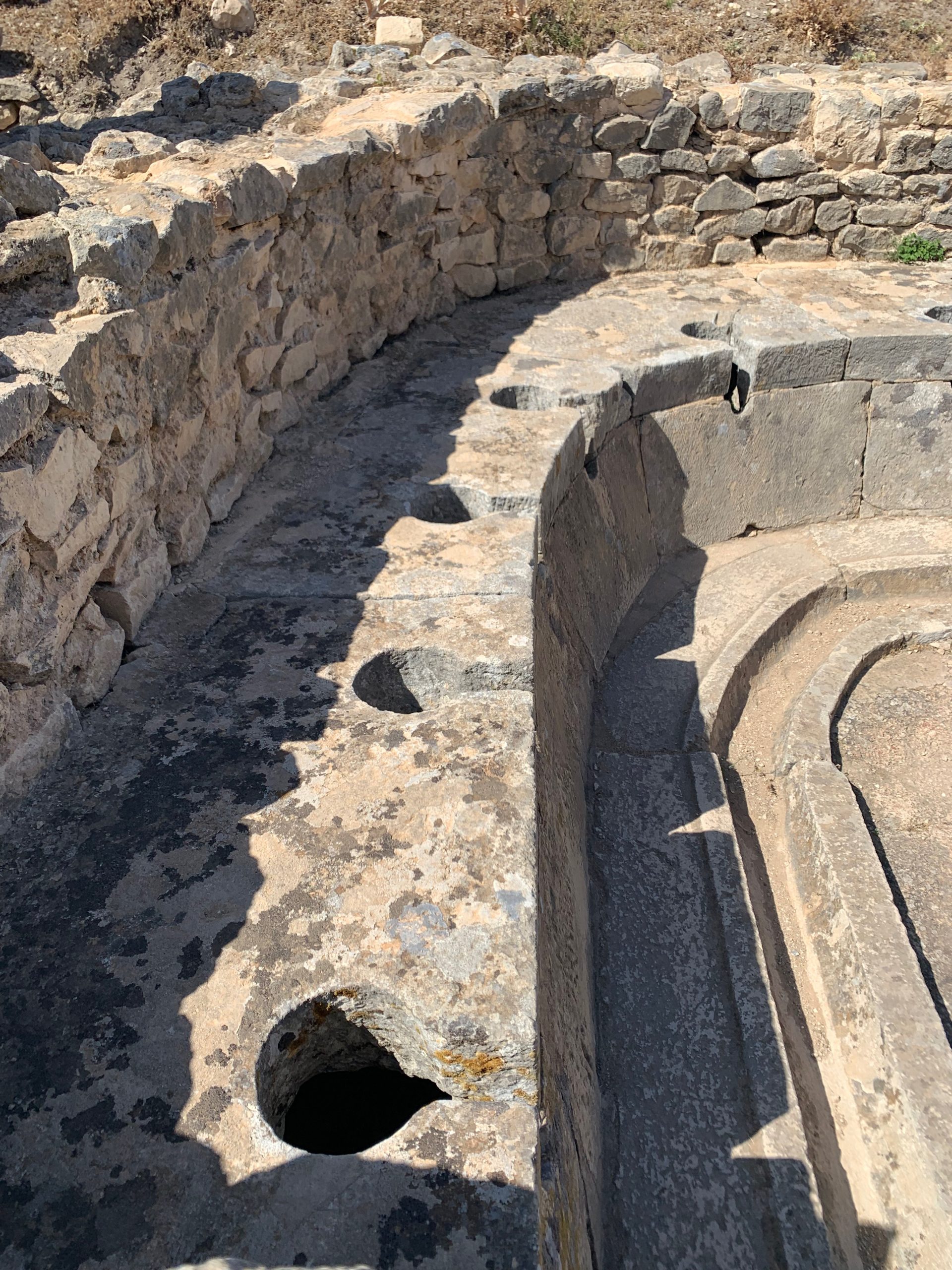
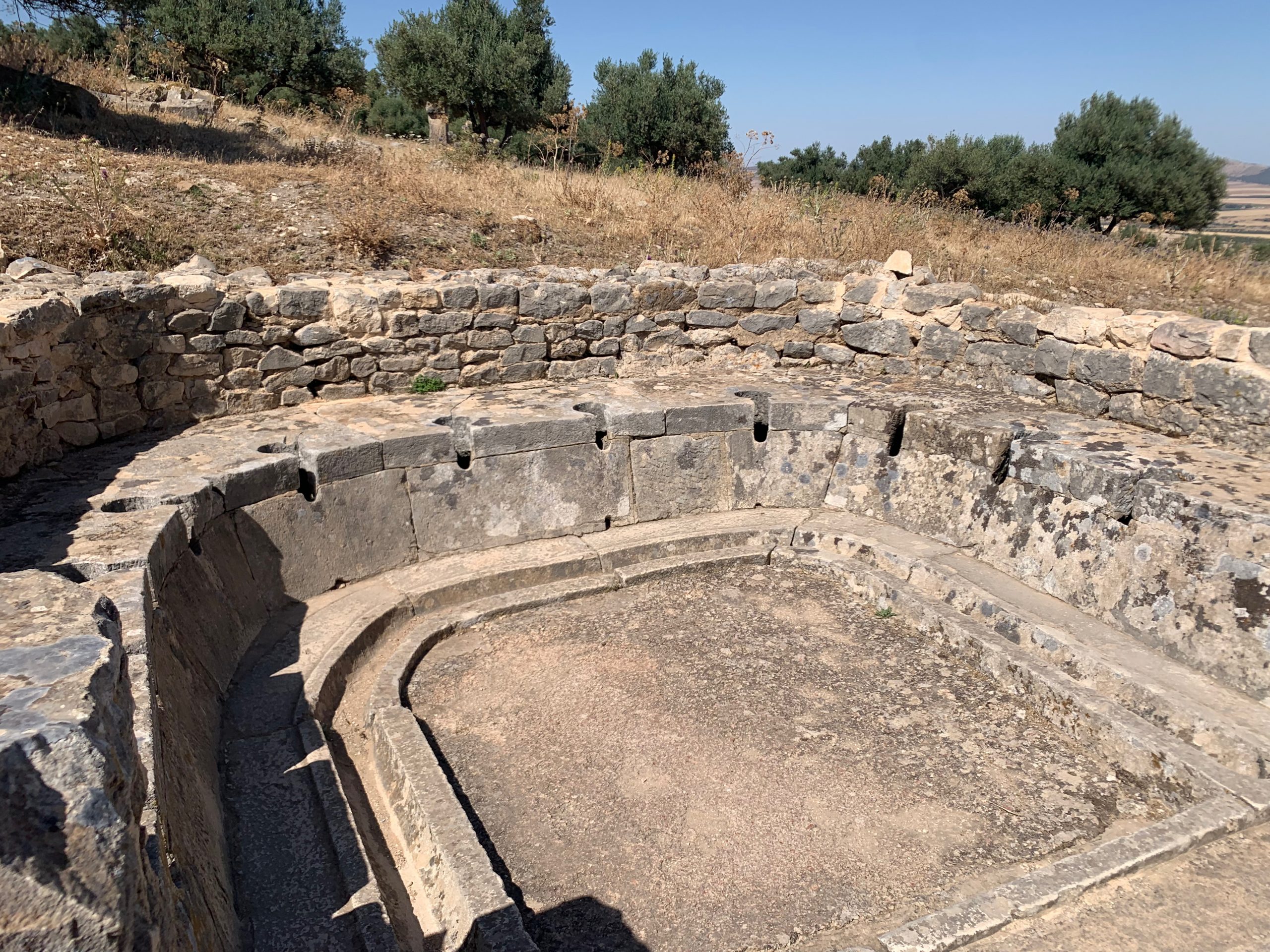
Edifices
The idea of “ago”, stretched past over 2000 years, is compelling, when you’re walking through these stone fields. Our great guide gave us some of the stories throughout the history of the site, from the varying entrances to a brothel, to the forum entrance where politicians were importuned, to where a goddess is still worshipped today.
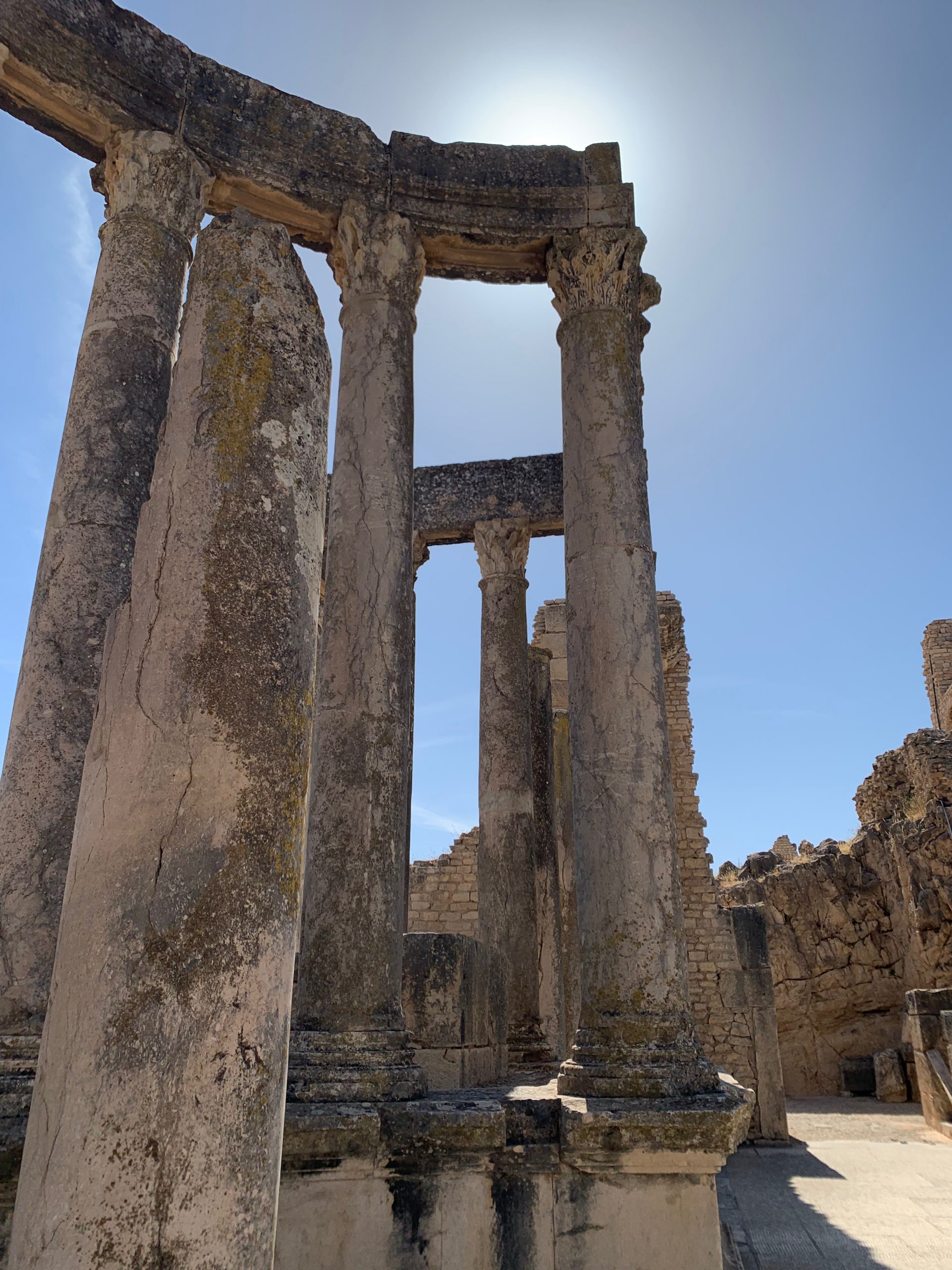

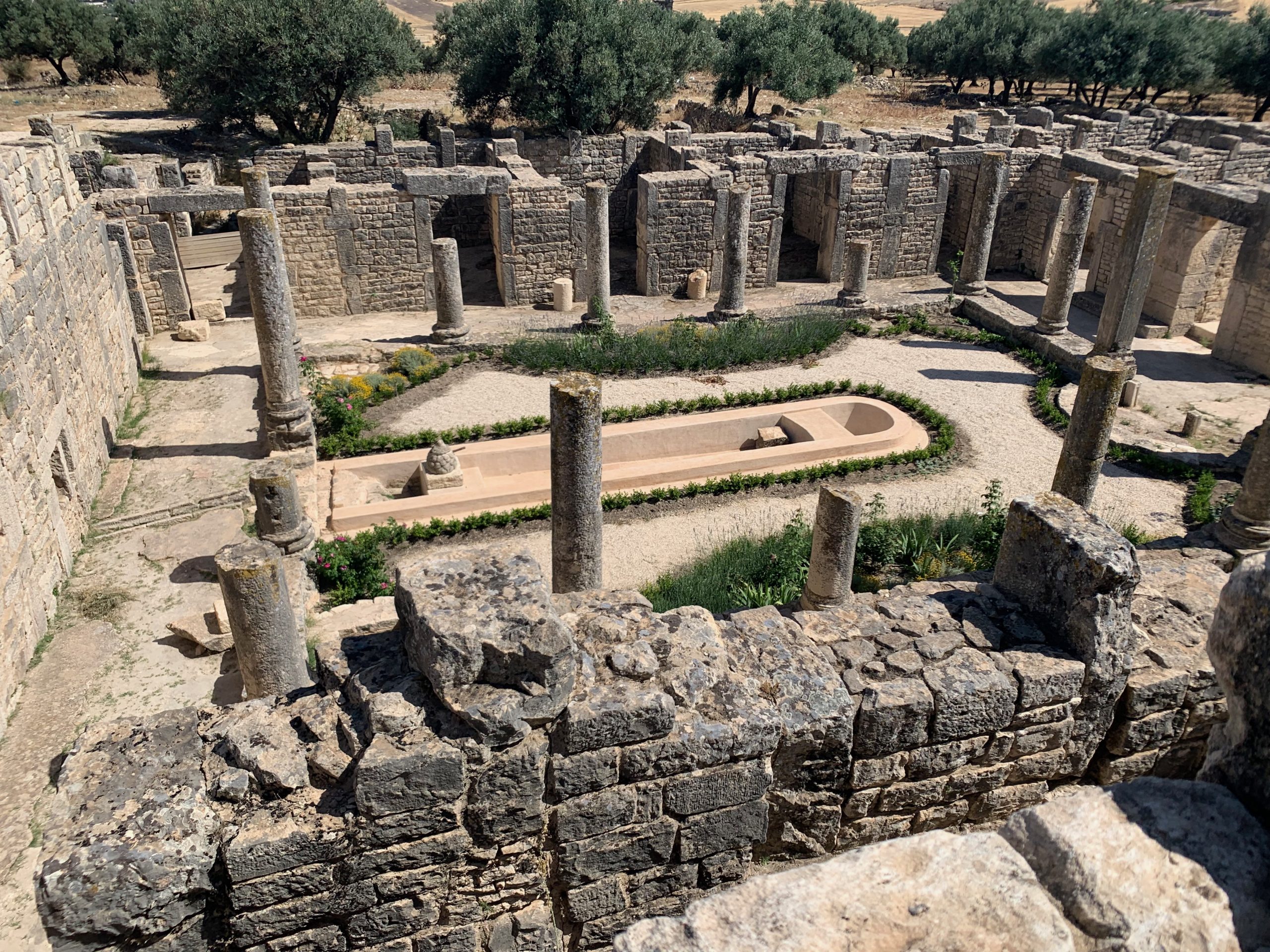
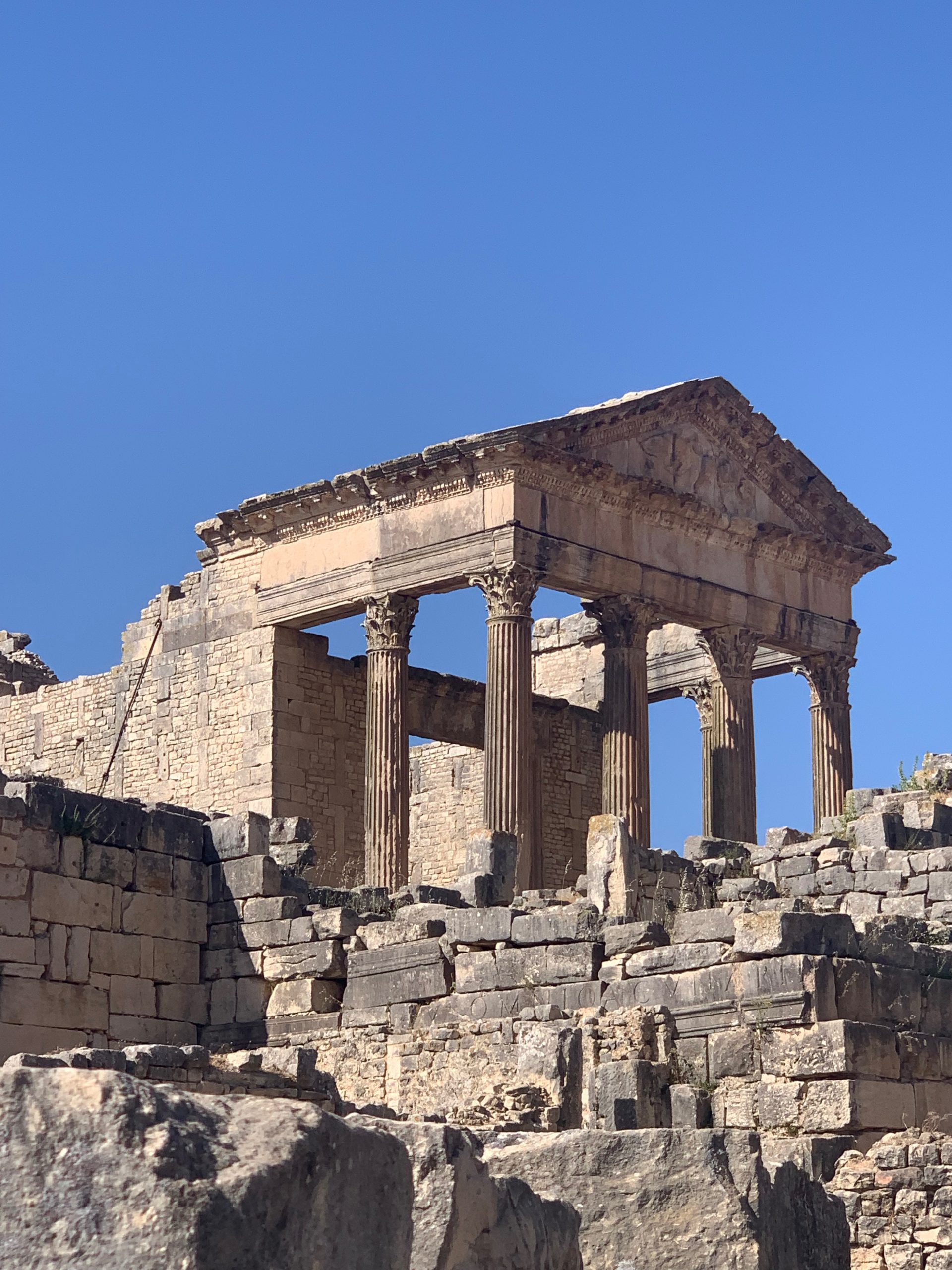
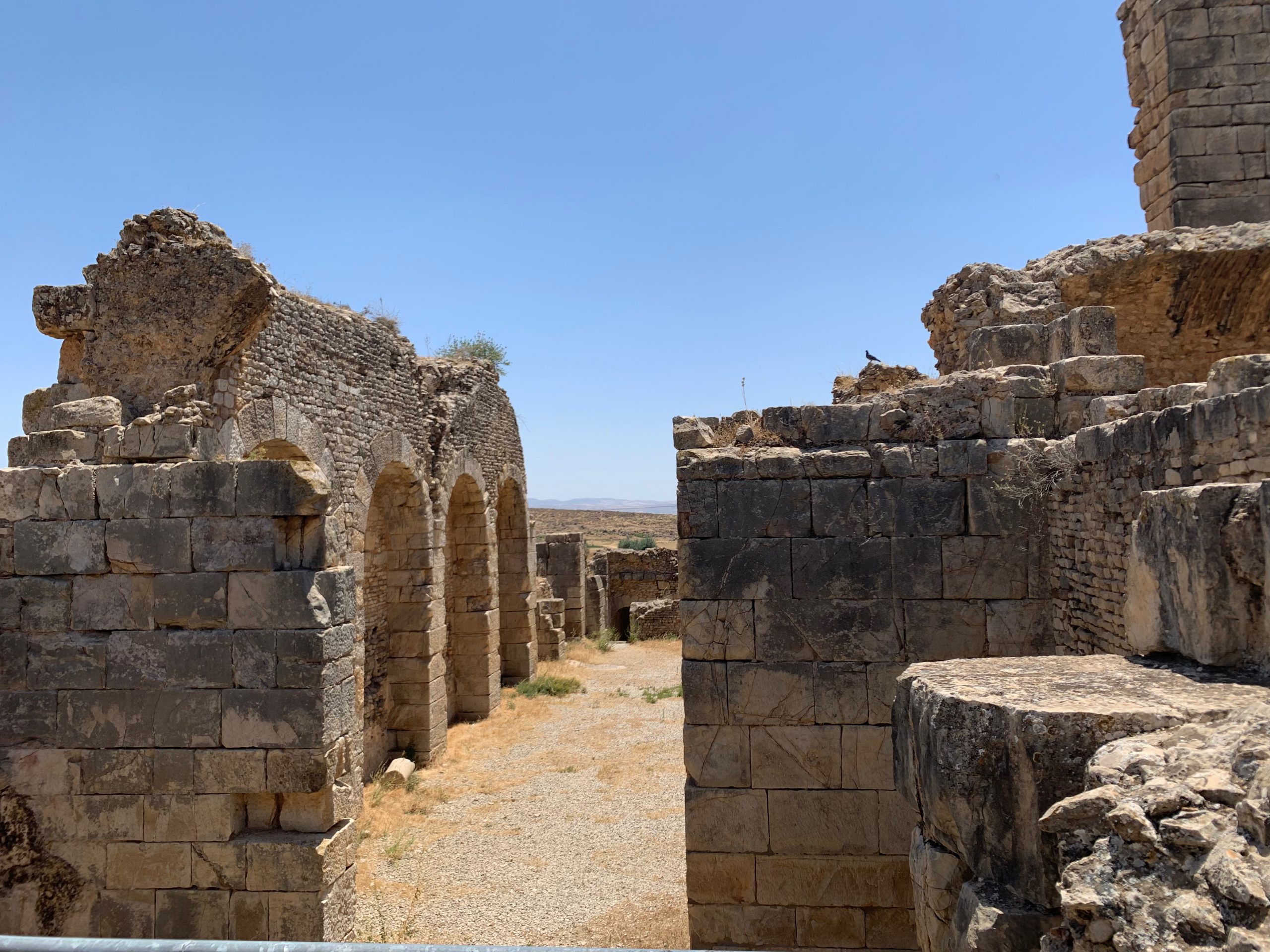
The heat was crushing. I never thought I’d last for two hours but the guide was that good. If I’d left early I might not have seen the writing, both formal and informal – the latter below leads to the brothel. Seriously! And I thought penis drawings were limited to our presently degraded moment.
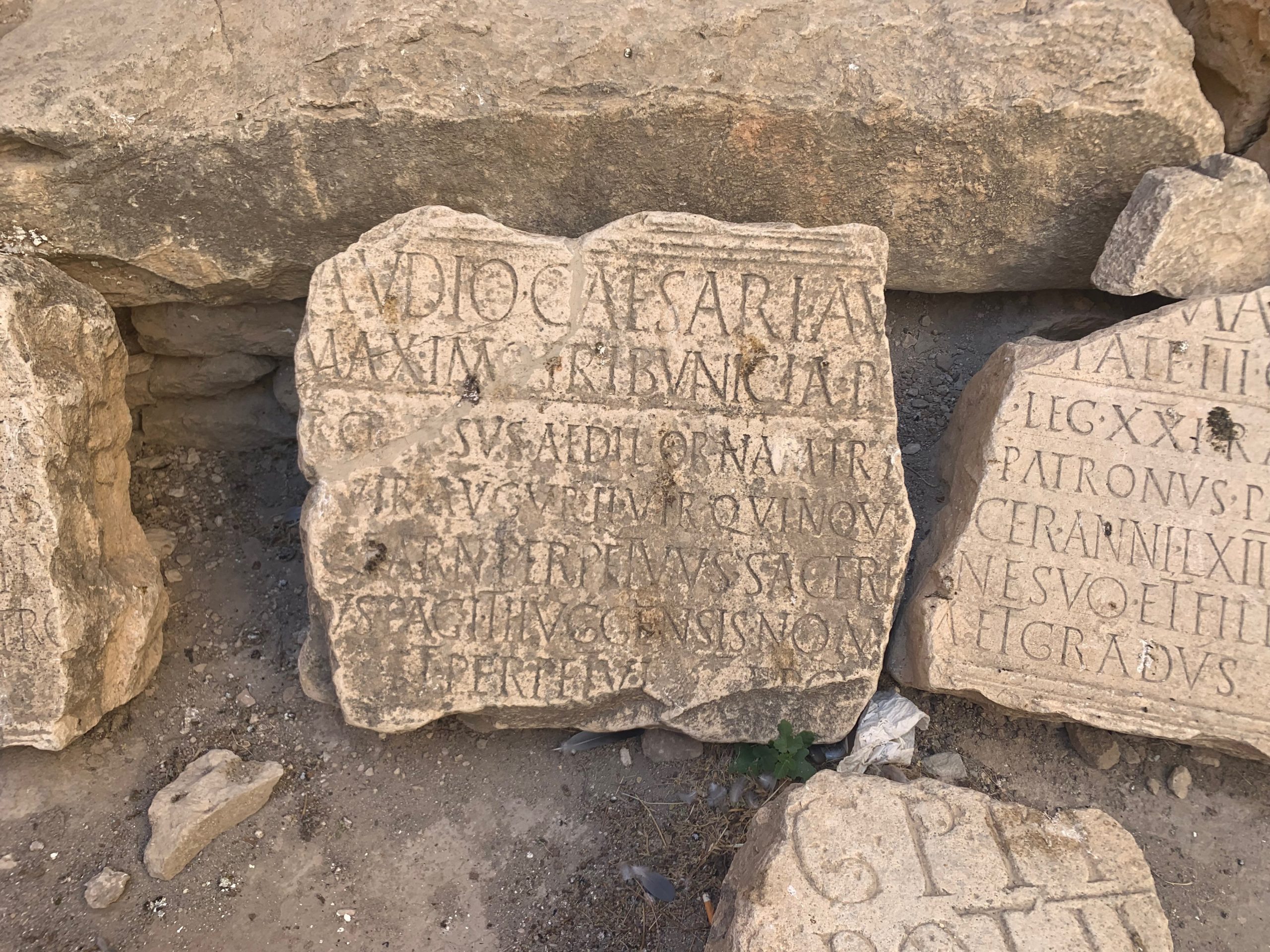
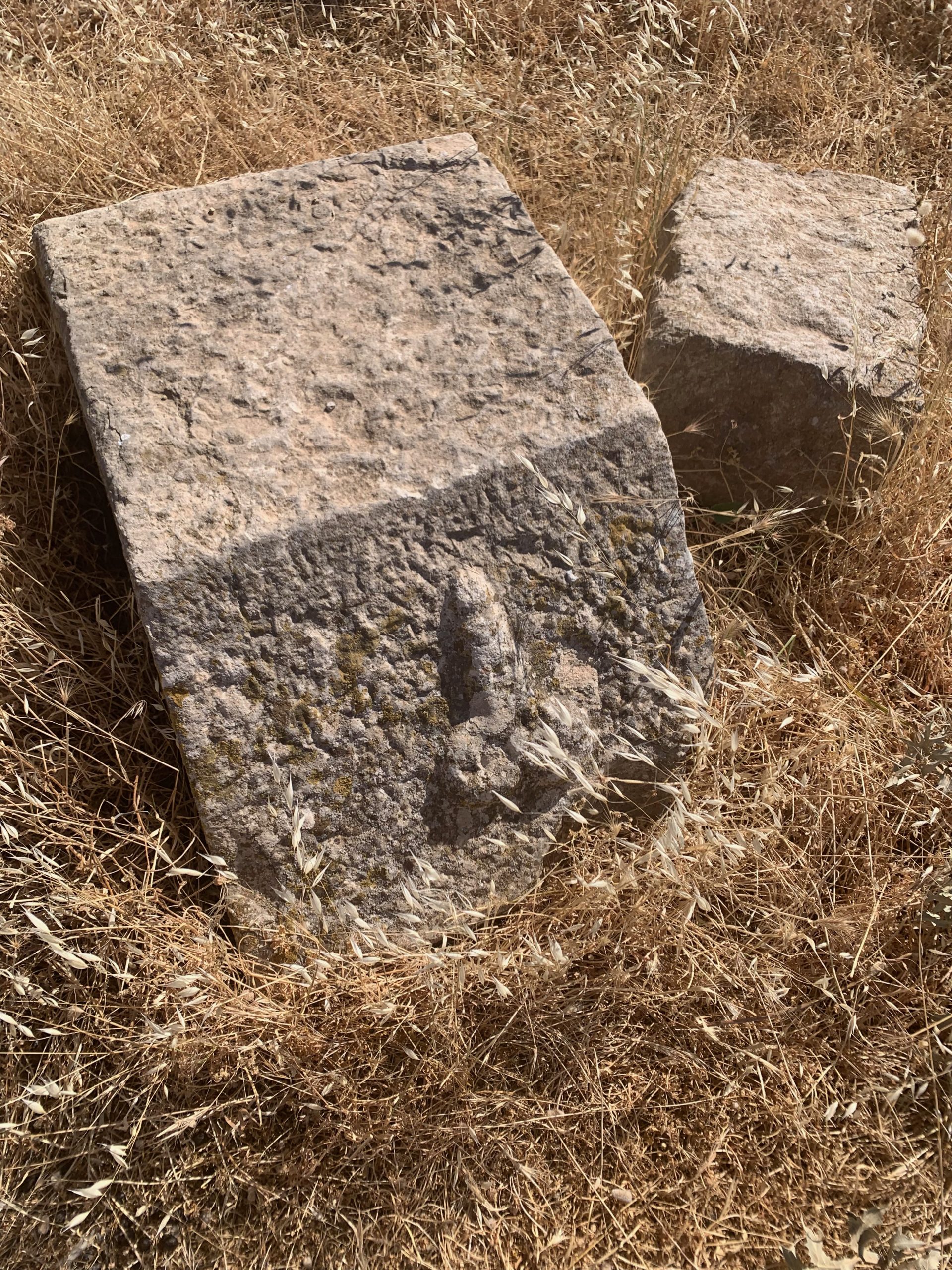
Just a hint of mosaic was enough to pique my interest. I’ll be sharing more on that later in the week, too. Muuuuuuch more. The guide told us that colored glass was used to make up for colors the designers couldn’t find in stone. I’m likin’ that aubergine there.
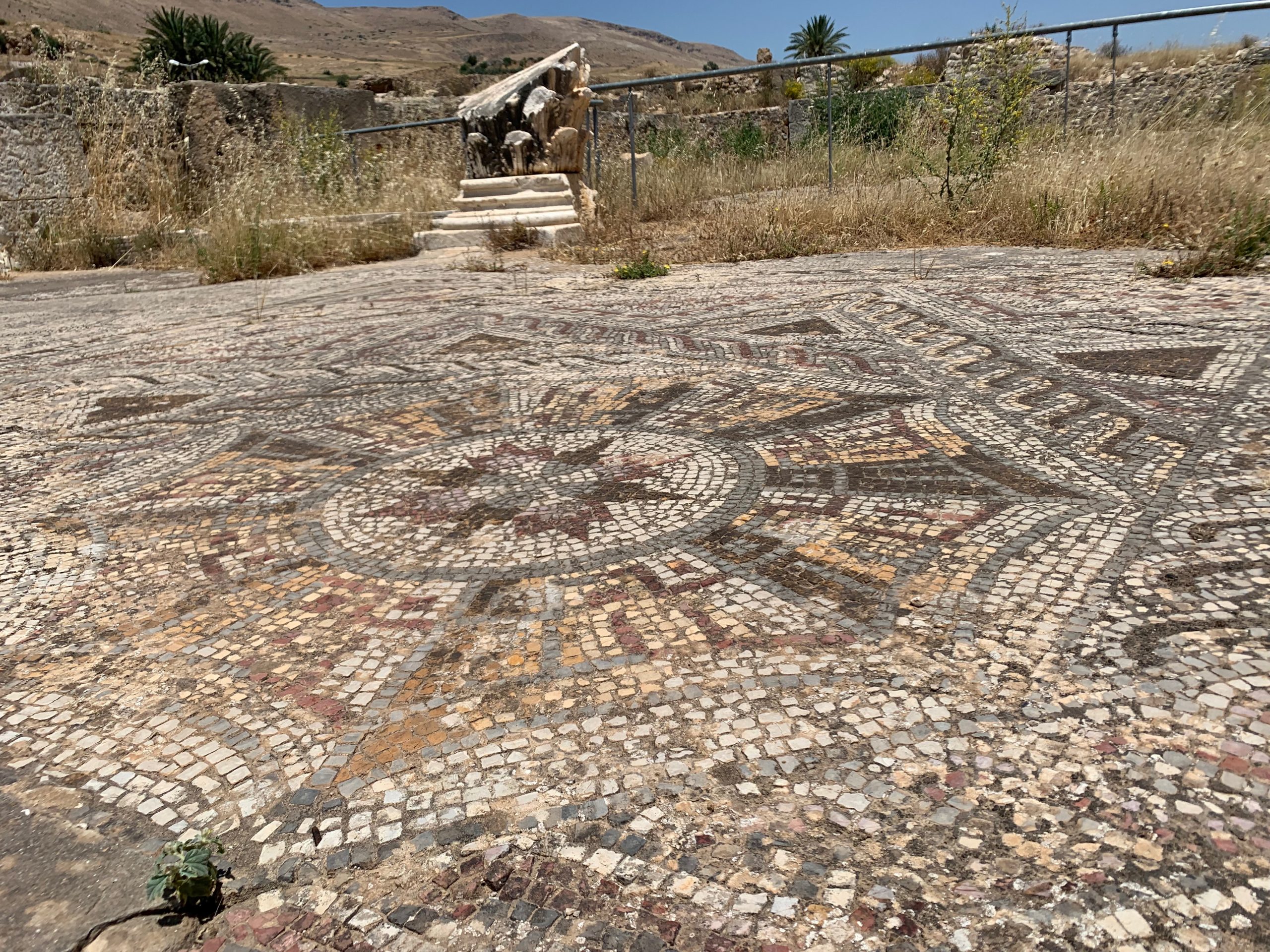
Last but obviously most
This picture is worth all the words.
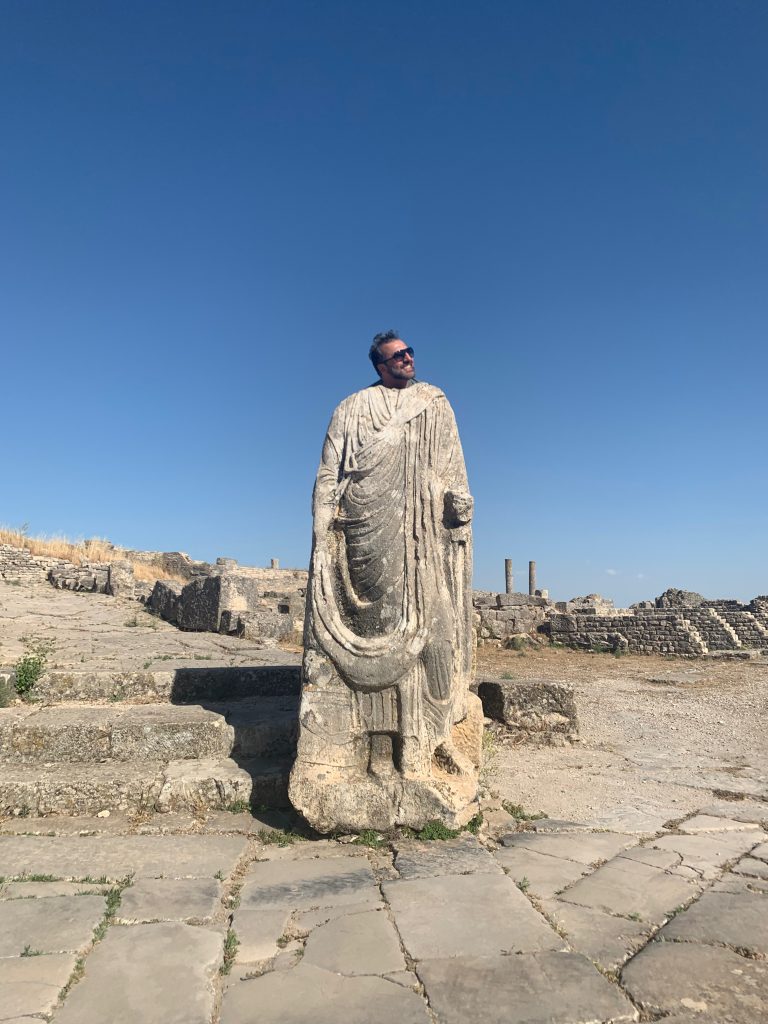
The trip continues
We went on to stay in Boussalem in a family-owned inn set in a citrus grove – absolutely NO mosquitoes anywhere!!! So there’s some evidence about what citronella can do for you…
Anyway, that was lovely, as was the trip up and over the mountains and down to the coast, through Aïn Draham. Ali was in charge of the music and he kept us going with a mix of Persian indie pop, B-side hits from the 80s, and Elton John.
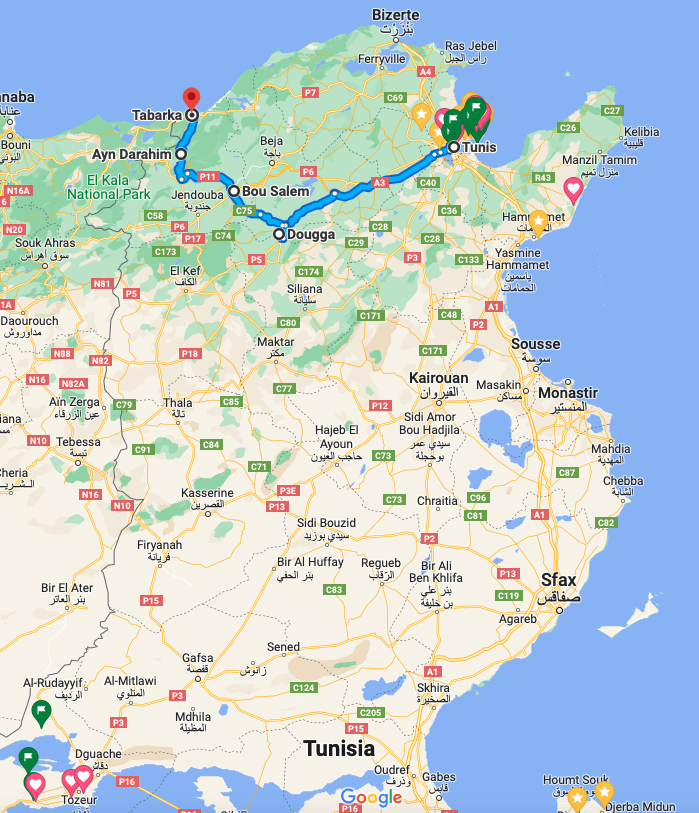
Tabarka-sur-Mer
That’s not it’s real name, but it should be. We spent one night in a deluxe hotel with saltwater swimming pools in which we were the only swimmers, beach access to calm clear blue water, and a feeding frenzy of bugs at sunset.
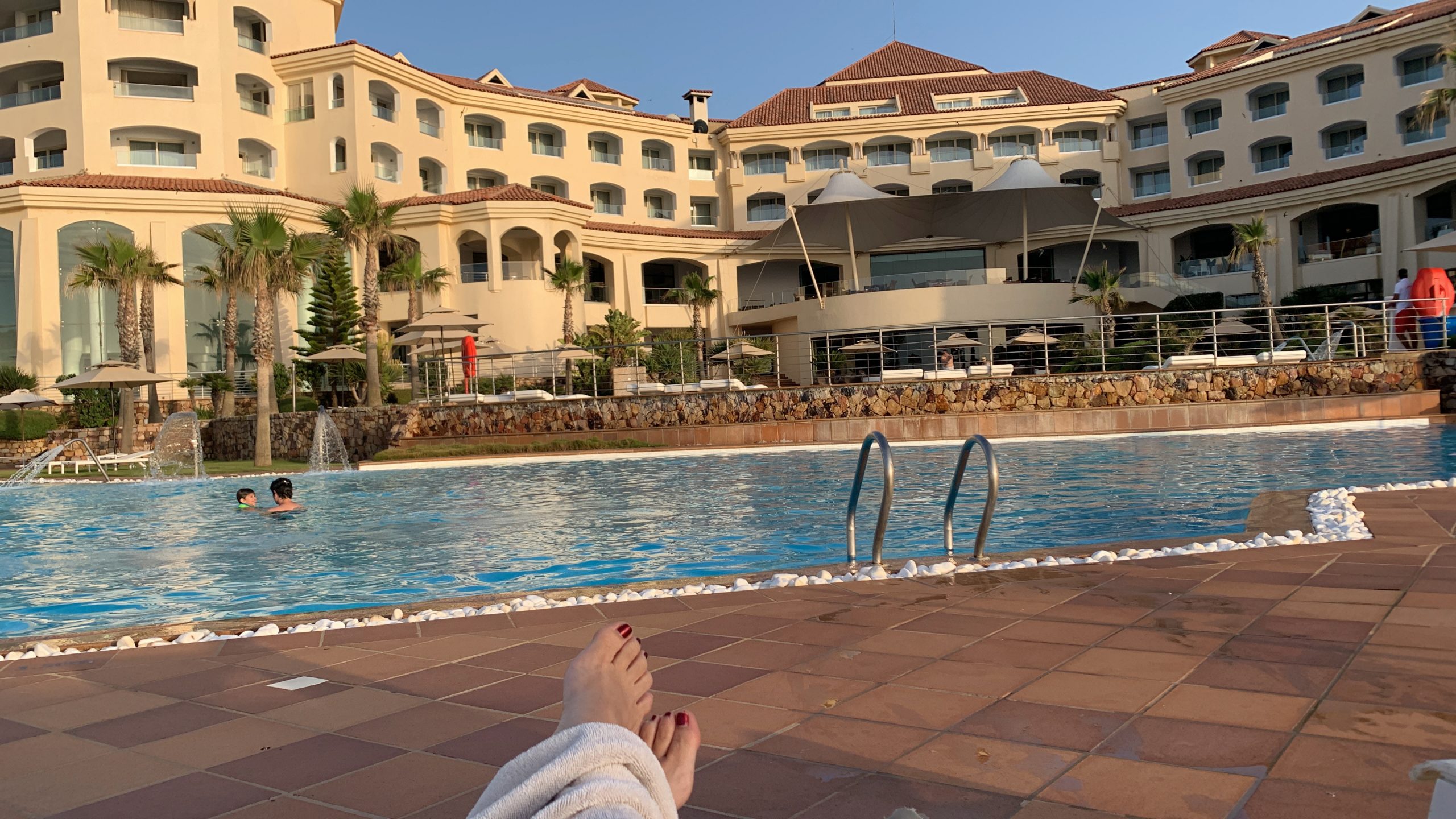
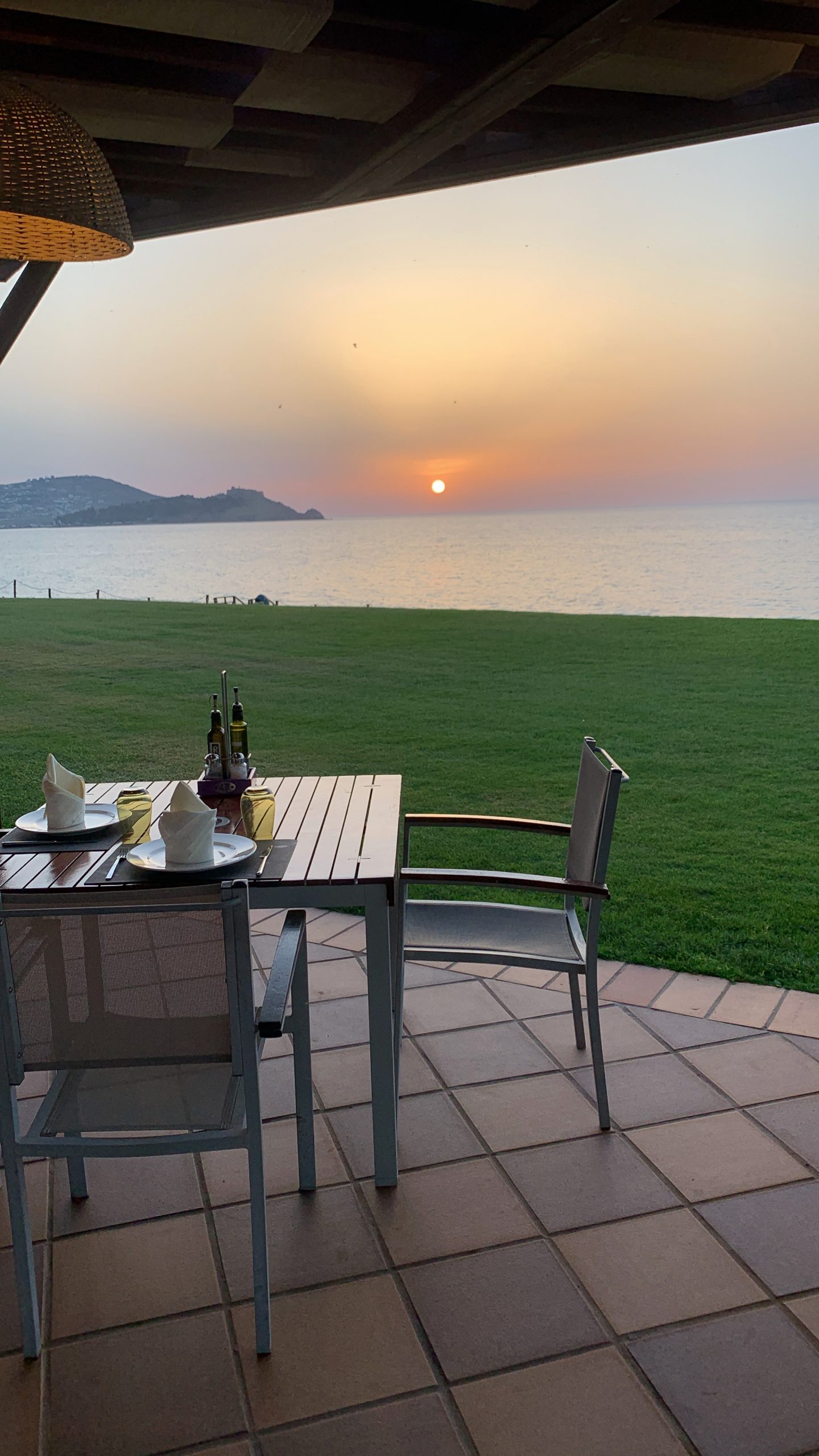
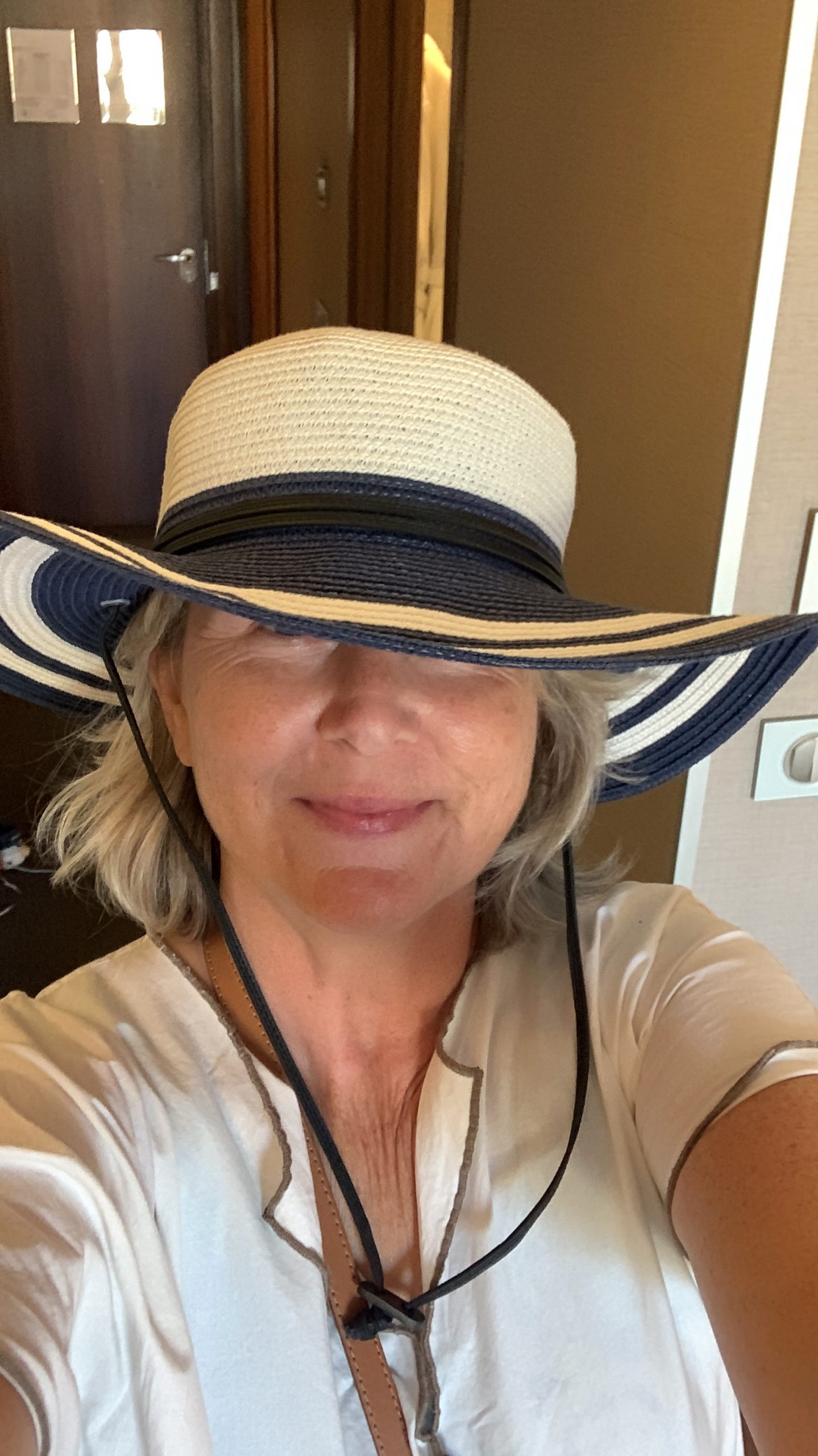
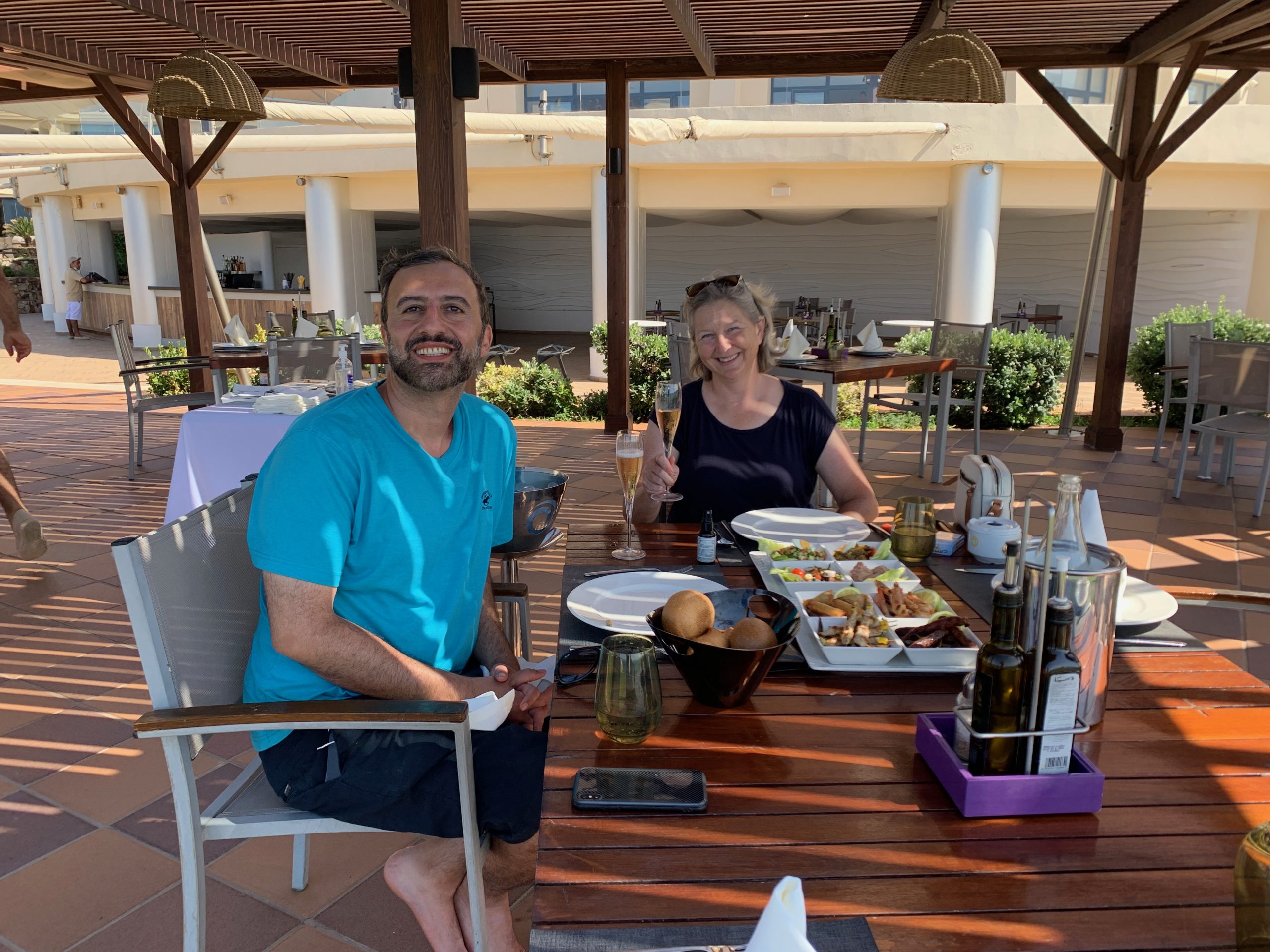
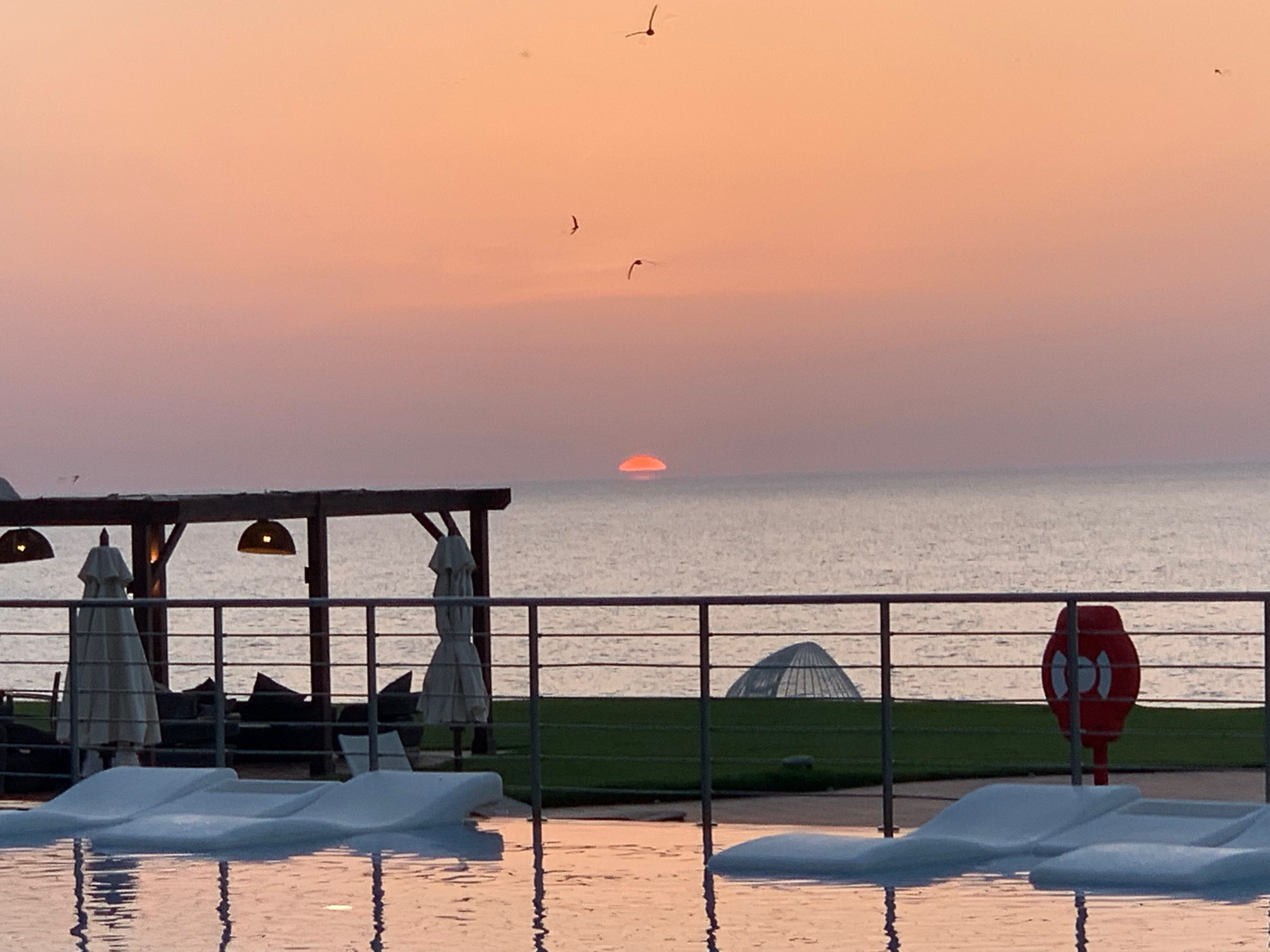
More to come in a few days! This series is just heating up…


